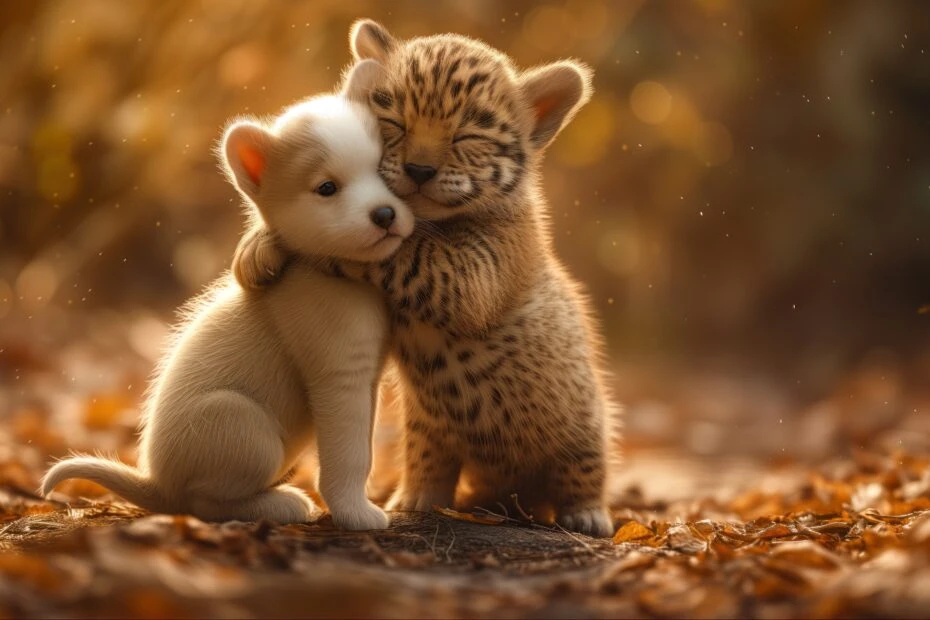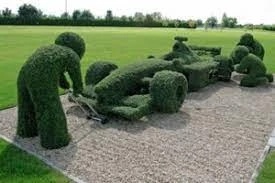Topiary, the ancient horticultural art of sculpting plants into intricate shapes, relies heavily on selecting the right plant species. This text guides you through the nuanced process of choosing plants for topiary, exploring the botanical palette and the factors that contribute to successful and visually stunning creations.
1. Understanding Plant Characteristics Bacho
Selecting the right plants for topiary begins with a deep understanding of their natural characteristics. Factors such as growth rate, leaf size, and flexibility play crucial roles in determining which plants are suitable for sculpting. Slow-growing plants with small, dense leaves are often preferred for intricate and detailed designs.
2. Evergreens: The Backbone of Topiary Gardens
Evergreen plants, with their year-round foliage, form the backbone of many topiary gardens. Conifers, boxwoods, and yews are popular choices due to their ability to maintain their shape and structure even during the dormant winter months. The enduring greenery ensures that topiary displays remain visually appealing throughout the changing seasons.
3. Deciduous Delights: Embracing Seasonal Transformations
While evergreens provide consistency, deciduous plants bring a dynamic element to topiary. Embracing the seasonal changes in leaf color and texture, deciduous species like hornbeams and beeches offer a kaleidoscope of colors throughout the year, adding vibrancy and variety to topiary designs.
4. Considerations for Different Designs: Tailoring Plants to Shapes
The choice of plants should align with the intended design. Certain species are more conducive to specific shapes and forms. For example, plants with dense, compact growth are ideal for geometric designs, while those with more flexible branches may be better suited for free-form or abstract sculptures.
5. Climate and Soil: Navigating Environmental Factors
The success of topiary also hinges on selecting plants that thrive in the local climate and soil conditions. Consider the hardiness zone, sunlight requirements, and soil pH to ensure the chosen plants not only survive but flourish in their intended environment.
6. Topiary Combinations: Crafting Harmonious Designs
Topiary gardens often feature a combination of different plant species, creating a harmonious and visually engaging ensemble. Consider the colors, textures, and growth habits of various plants to craft compositions that complement and enhance each other.
In conclusion, choosing the right plants for topiary is a nuanced process that requires a blend of artistic vision and botanical knowledge. By understanding the characteristics of different plant species, considering the design intent, and factoring in environmental conditions, one can craft living sculptures that stand as testaments to the harmonious interplay between nature and human creativity. As you embark on your topiary journey, let the botanical palette be your guide, and watch as your garden transforms into a living work of art.


